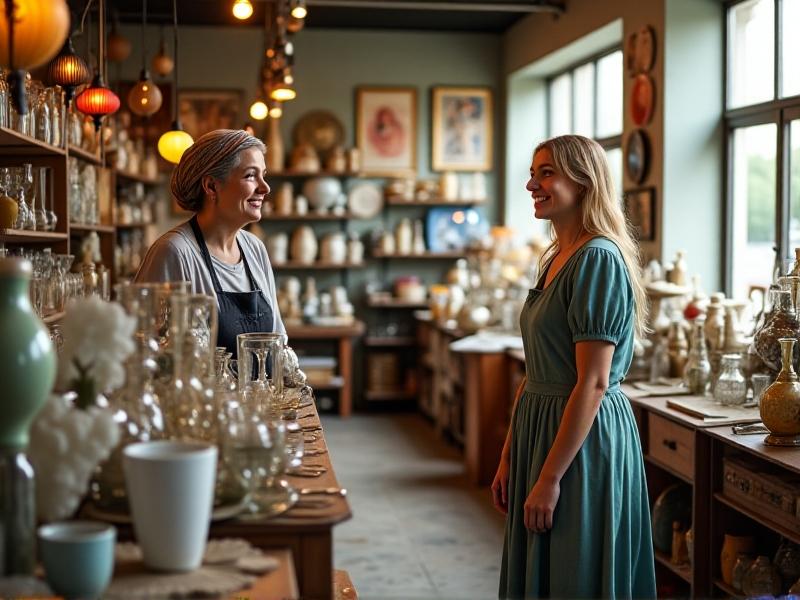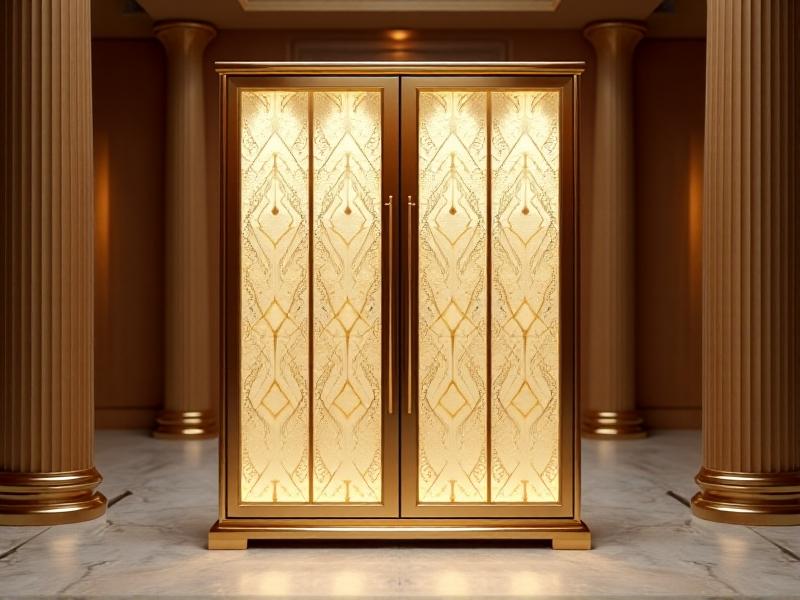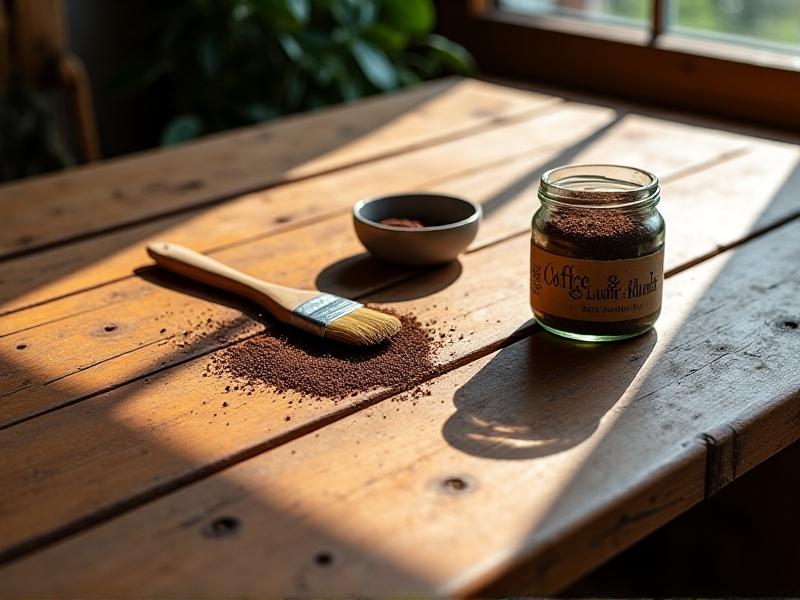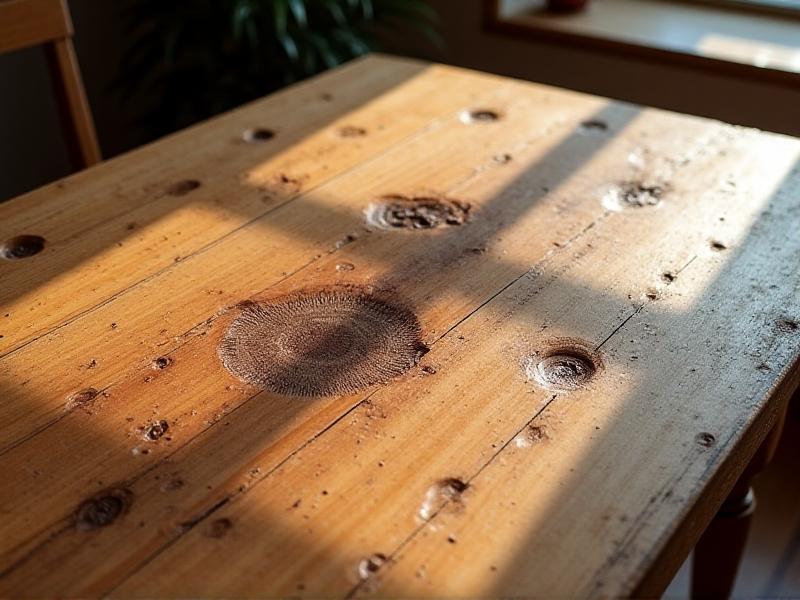Hardware Hunting: Finding Period-Correct Replacements
The Importance of Period-Correct Hardware in Restoration
Restoring a historic property isn’t just about preserving walls and roofs—it’s about honoring the details. Period-correct hardware, from doorknobs to hinges, acts as a tactile bridge to the past. These small elements tell stories of craftsmanship, cultural trends, and technological advancements. Using mismatched or modern hardware can disrupt a building’s authenticity, making it feel like a caricature rather than a preserved artifact. For enthusiasts, finding the right pieces isn’t just a hobby; it’s a commitment to historical integrity.
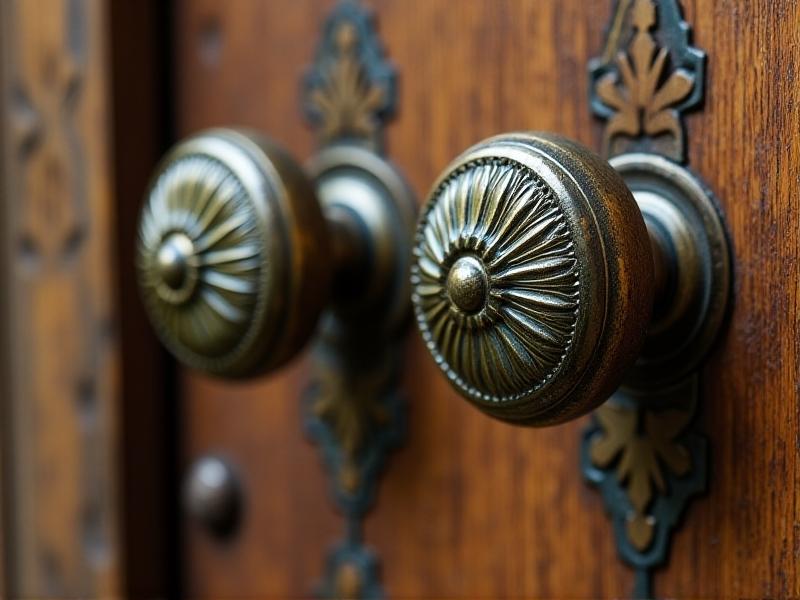
Understanding Historical Architectural Styles and Hardware Trends
Architectural eras are defined by distinct design philosophies, and hardware is no exception. Victorian-era homes favored ornate, cast-brass hinges and porcelain knobs, while Mid-Century Modern embraced sleek, minimalist lever handles in polished steel. Recognizing these trends requires studying catalogs, blueprints, and even literature from the period. For example, Arts and Crafts movement hardware often featured hammered metals and organic motifs, reflecting a rejection of industrial mass production. Knowing these nuances helps narrow searches and avoid anachronistic choices.
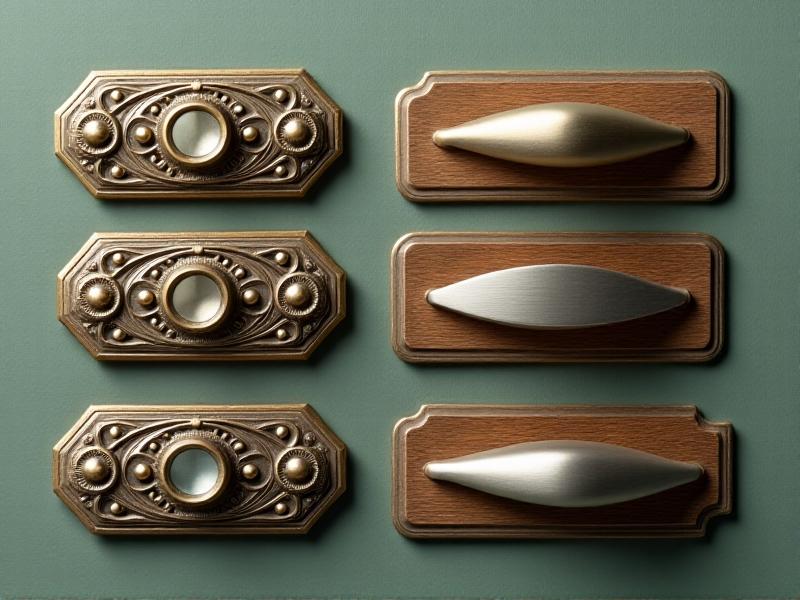
Tools and Techniques for Identifying Original Hardware
Identifying original hardware starts with forensic attention to detail. Magnifying glasses reveal makers’ marks or patent dates hidden under layers of paint. Calipers measure screw spacing to match replacements. Online databases like the Historic Hardware Society provide archives of manufacturer catalogs. Rust patterns, metal oxidation, and even screw types (slotted vs. Phillips) offer clues. For example, early 1900s screws often had irregular threads due to hand-cutting. Documenting findings with photos and notes creates a reference library for future hunts.
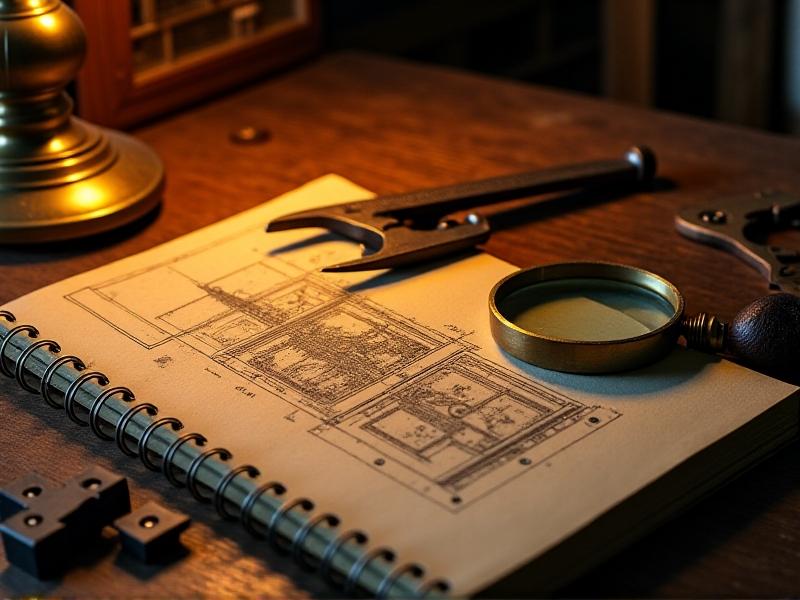
Where to Source Authentic Replacements: Markets, Dealers, and Salvage Yards
Scouring salvage yards and flea markets remains a time-honored method, offering serendipitous finds like a 1920s glass doorknob buried in a bin. Online marketplaces like eBay or Etsy expand access but require vigilance—ask sellers for photos of backplates or screw holes to verify age. Specialty dealers, though pricier, guarantee authenticity with provenance documentation. Local architectural salvage nonprofits often stock region-specific pieces, such as New England’s colonial-era strap hinges. Building relationships with dealers can lead to tailored alerts when rare items surface.

Balancing Authenticity and Functionality: When to Choose Reproductions
While originals are ideal, reproductions offer practical compromises. A fragile, 19th-century cast-iron lock might fail safety codes, but a replica with internal steel reinforcements preserves the aesthetic without sacrificing security. Companies like Rejuvenation or Van Dyke’s Restorers specialize in historically accurate reproductions, using original molds or 3D scans. However, avoid cheap imitations with incorrect finishes—opt for solid brass over plated zinc. The key is transparency: label reproductions internally for future stewards while maintaining the exterior’s period illusion.
Restoring vs. Replacing: Techniques for Reviving Aged Hardware
Restoration begins gently. Soak rusted screws in vinegar to dissolve corrosion without damaging patina. Use toothbrushes and baking soda for scrubbing, avoiding abrasive tools that scratch surfaces. For brass, a mix of lemon juice and salt can revive shine, but many prefer leaving a muted patina for authenticity. Broken parts, like a snapped hinge pin, can often be repaired by a metalsmith using period-appropriate techniques. Electroplating reattaches worn nickel or chrome finishes. Document each step to maintain a record of the hardware’s lifecycle.
Navigating Common Pitfalls in Hardware Hunting
One frequent mistake is assuming all old hardware is period-appropriate—a 1930s Art Deco knob on a 1910s Craftsman home still clashes. Overcleaning is another issue: scrubbing away all patina can devalue a piece. Verify measurements twice; an “original” hinge that’s 1/8” too wide won’t fit. Bewish of counterfeit stamps; some reproductions mimic makers’ marks. Join forums like the Old House Web community to crowdsource expertise. Patience is critical: finding the right piece might take years, but the payoff is a seamless restoration.
Preserving the Past: Maintaining Restored Hardware for Future Generations
Maintenance ensures longevity. Apply microcrystalline wax to metal surfaces to protect against moisture without altering appearance. For wooden knobs or handles, use beeswax-based polishes to prevent drying. Regularly check screws for loosening due to seasonal wood movement. Create a digital archive with photos and sourcing details, stored in cloud platforms or USB drives placed in time capsules within walls. Educate future owners by leaving notes in junction boxes or attic beams, explaining the hardware’s history and care requirements.

